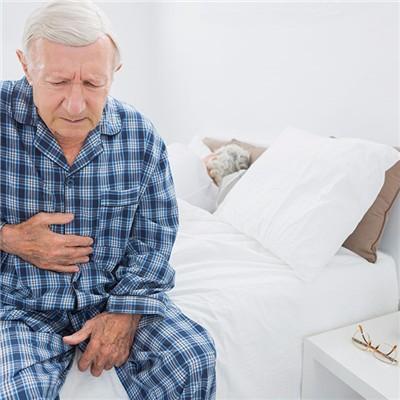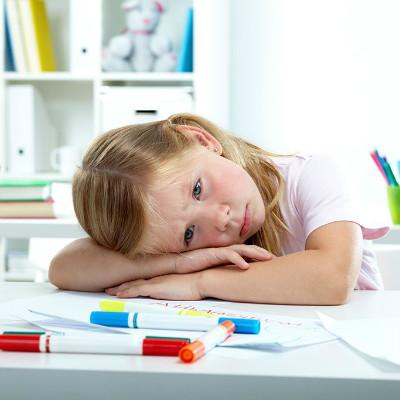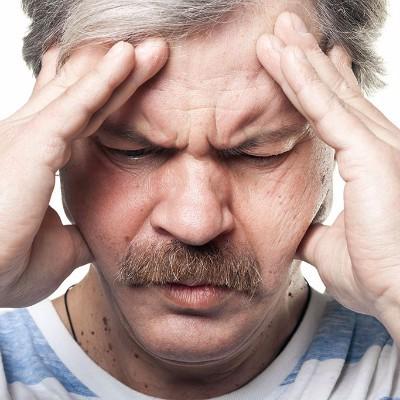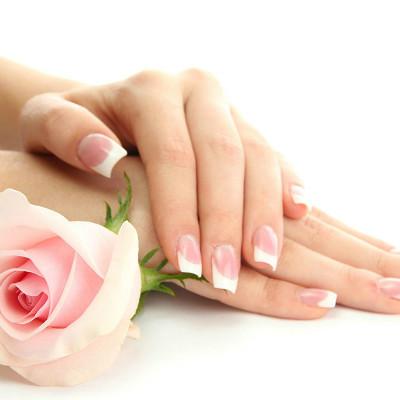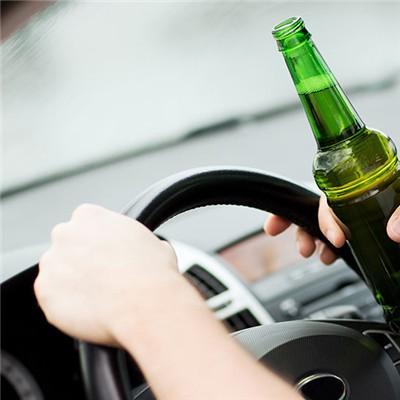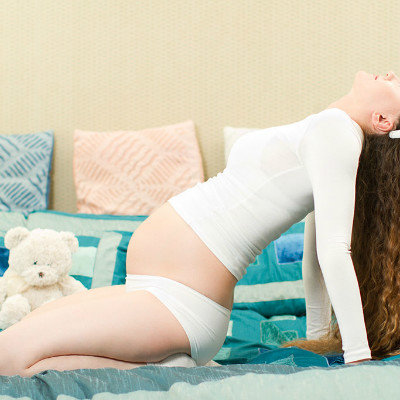Chondromalacia patella symptoms?
summary
Chondromalacia patellae is caused by the disorder of the biomechanical relationship of the patellofemoral joint. The patella inclines outward or subluxates, causing the articular cartilage inside the patella to impact the trochlear of the femoral condyle, causing excessive wear of the articular cartilage in the lateral space (as shown by the arrow in Figure 1), soft bone cells falling off, bone hyperplasia, and a series of pathological changes of joint space narrowing, Early symptoms of chondromalacia patellae? Let's talk about it.
Chondromalacia patella symptoms?
Direct knee trauma can cause patellar cartilage or osteochondral fracture, or multiple injuries, such as sports injury, cause cartilage degeneration, cartilage surface roughness, tarnish, serious cartilage shedding, bone exposure, the relative femoral articular surface is also damaged.

Most of the injured sites were in the center of patella. The main symptoms are pain behind the patella of the knee joint, varying in severity. Generally, the symptoms of walking on flat ground are not obvious. The pain is aggravated after squatting, standing up, going up and down stairs, going up and down slope, or walking a long distance.

Can appear at any age, athletes and elderly women are more common, many children get the so-called "growth pain", often associated with the disease. In the early stage, teenagers show pain in the front of the knee joint and get better after rest. With the extension of the course of the disease, the pain time is more than relief. When they go downstairs, they get worse. When they go downstairs or walk, they often need to go sideways and horizontally. When they go downstairs or walk, they often suddenly feel powerless to wrestle. They are commonly known as "soft legs". They are afraid of cold in the knee joint and can repeatedly swell and accumulate fluid. They are often misdiagnosed as "rheumatism". When the condition further develops, it is difficult to squat down and has pain at night, which affects sleep and normal life. In the late stage, due to severe wear and tear, the knee joint can not be fully straightened, and there may be joint hydrops and free body in the joint cavity, resulting in intra-articular strangulation and sudden seizure of the joint.

matters needing attention
Active full joint movement. It should be carried out without load. Such as lying on the bed, active extension, flexion of the knee. Every morning and evening, 10 minutes each time. Full movement of the joint can stimulate all parts of the articular surface of the patella. The nutrients in the synovial fluid can penetrate into the cartilage tissue evenly and enhance the lubrication of the joint.


